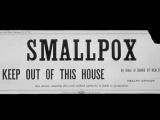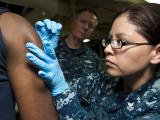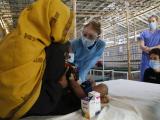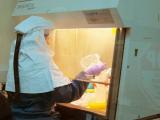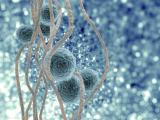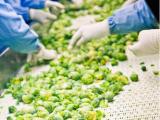Mar 18, 2004 (CIDRAP News) Two air-purifying respirators (APRs), or gas masks, have been named as the first such devices to be certified under a federal program to test masks for protecting emergency workers from chemical, biological, radiological, and nuclear (CBRN) exposures.
The masks are the MSA Millenium APR, made by Mine Safety Appliances Co., Pittsburgh, and the 3M FR-M40, made by 3M Corp., Maplewood, Minn. The National Institute for Occupational Safety and Health (NIOSH) announced the certifications this week.
"The certifications signify that the respirators are expected to protect firefighters and other emergency responders from CBRN-related respiratory exposures," NIOSH said in a news release. The agency decided to certify the masks after rigorously testing them and evaluating product specifications and quality control, using criteria that were announced a year ago, officials said.
APRs use special filters to remove particles from ambient air before the user inhales it, NIOSH said. They don't provide as much protection as a self-contained breathing apparatus (SCBA), in which the user breathes air from a tank he or she wears, said NIOSH spokesman Fred Blosser in Washington, DC.
SCBAs are usually used in situations where the types and levels of air contaminants are unknown. Once the contaminants are known to be at lower concentrations, APRs can be used, officials said.
NIOSH said it is writing detailed guidelines on the use of APRs to prevent CBRN exposures. "As a standard practice, air-purifying respirators should not be used in atmospheres containing hazardous concentrations of contaminants that are immediately dangerous to life and health, or in oxygen-deficient atmospheres (those containing less than 19.5% oxygen)," the agency said.
The NIOSH standards for APRs call for a filter with 99.7% efficiency, which should be effective in trapping biological agents, said Les Boord, deputy director of NIOSH's National Personal Protective Technology Laboratory in Pittsburgh. The filters, which use treated charcoal to trap particles, "are tested to be efficient against the known most penetrating particle," Boord told CIDRAP News.
The filters are also tested against 10 chemical agents, such as ammonia, cyclohexane, phosphine, phosgene, and cyanogen chloride, he said.
Blosser said NIOSH set a different and "possibly more rigorous" standard for CBRN masks for emergency workers than for masks used in industrial settings. "We want to make sure they protect against sarin and mustard gas, which traditional workplace masks aren't designed for," he said.
NIOSH also has set certification standards for other types of masks to protect people from CBRN hazards, such as "self-contained escape respirators" for use by general workers when leaving areas with CBRN contamination.
See also:
Mar 16 NIOSH news release
http://www.cdc.gov/niosh/updates/upd-03-16-04.html
